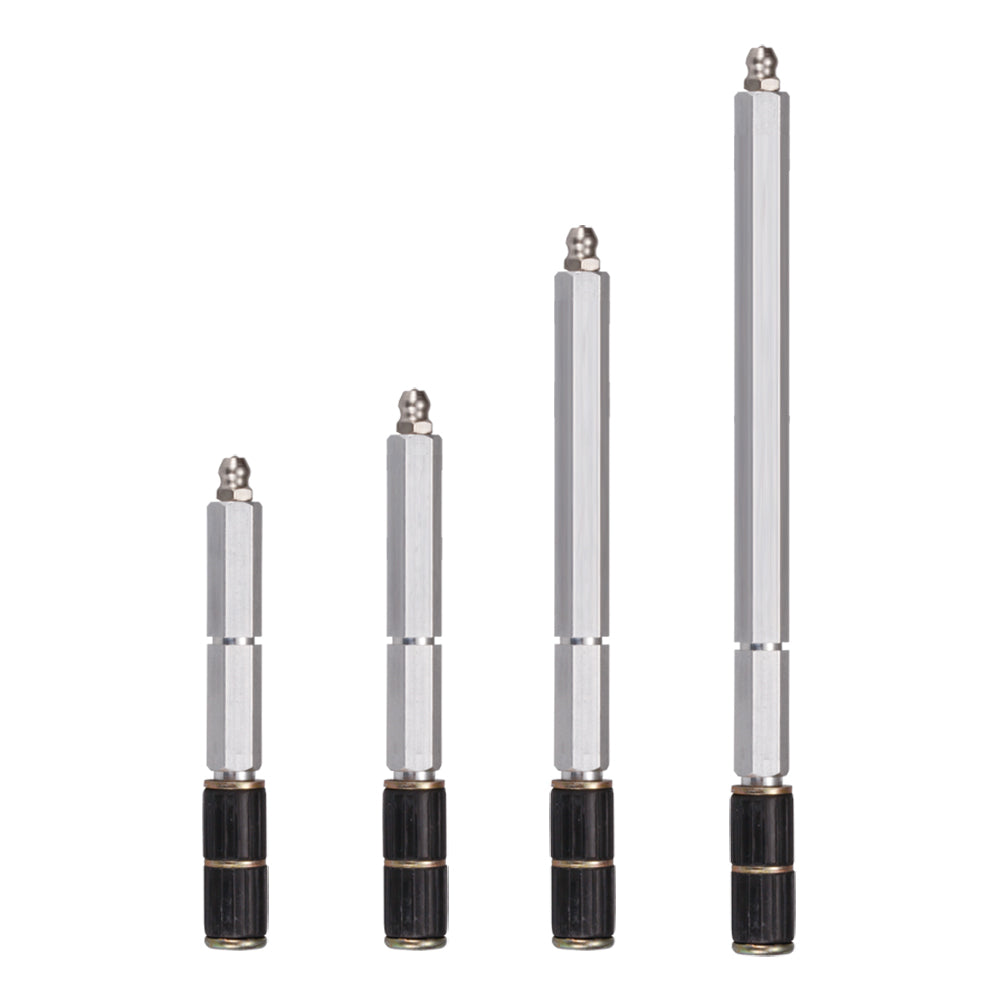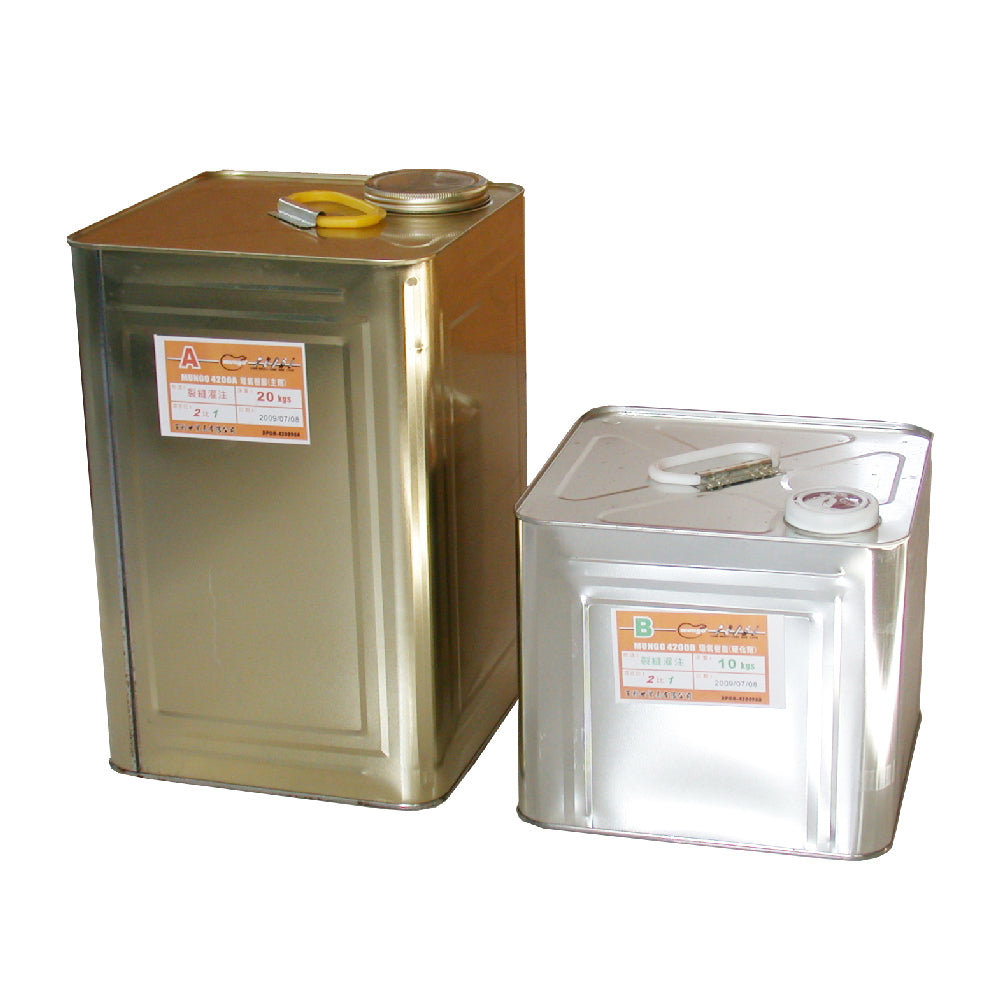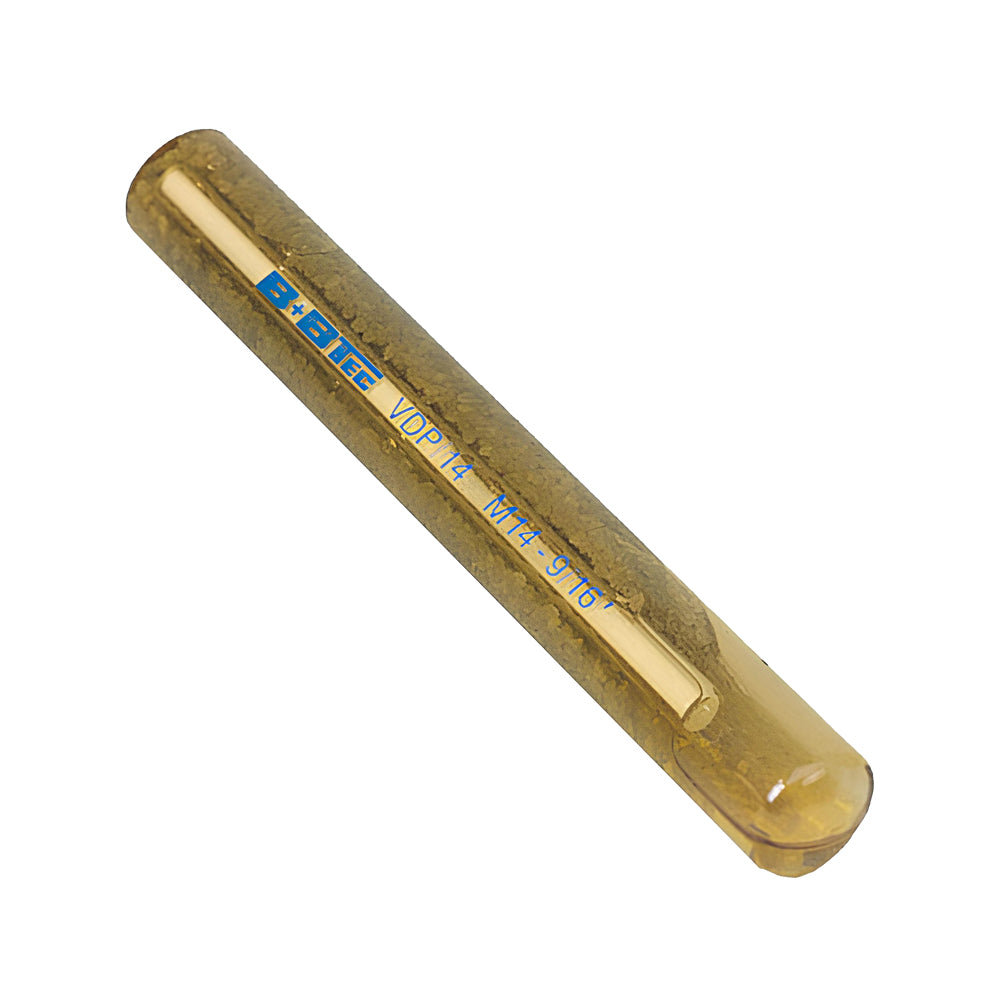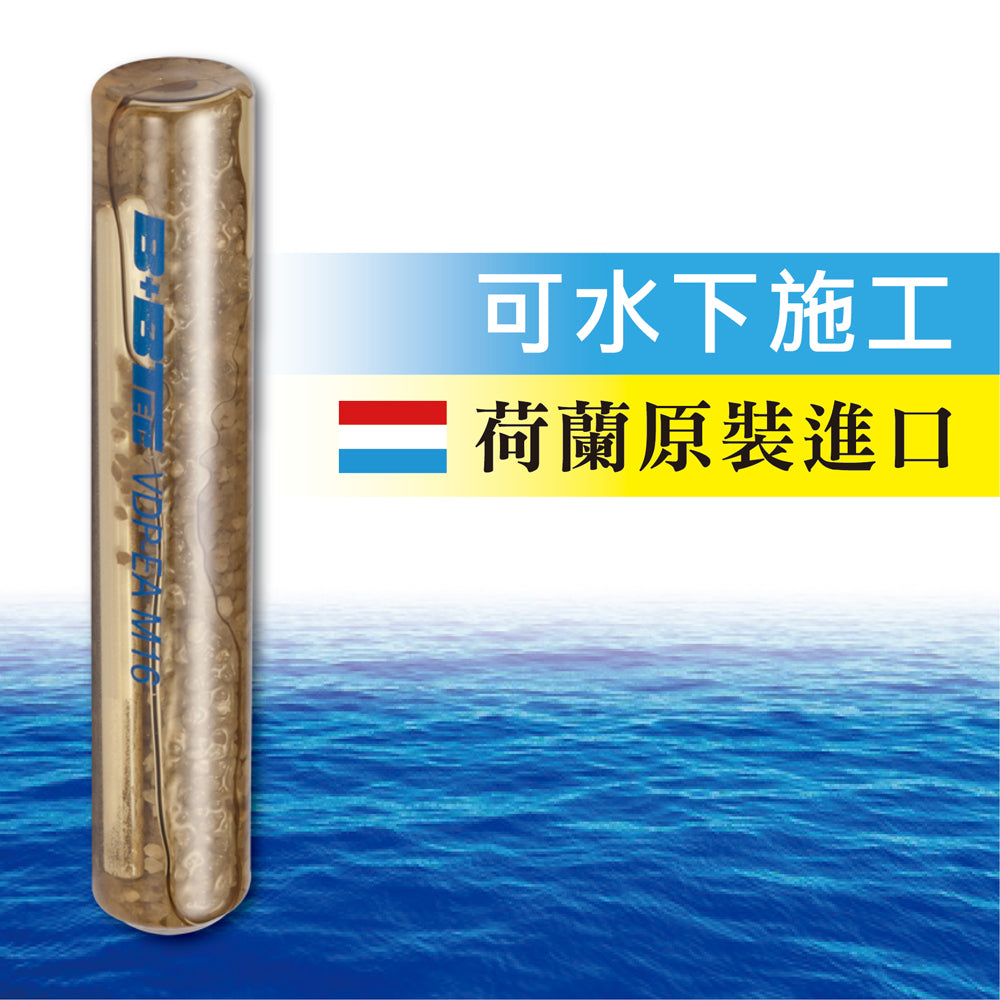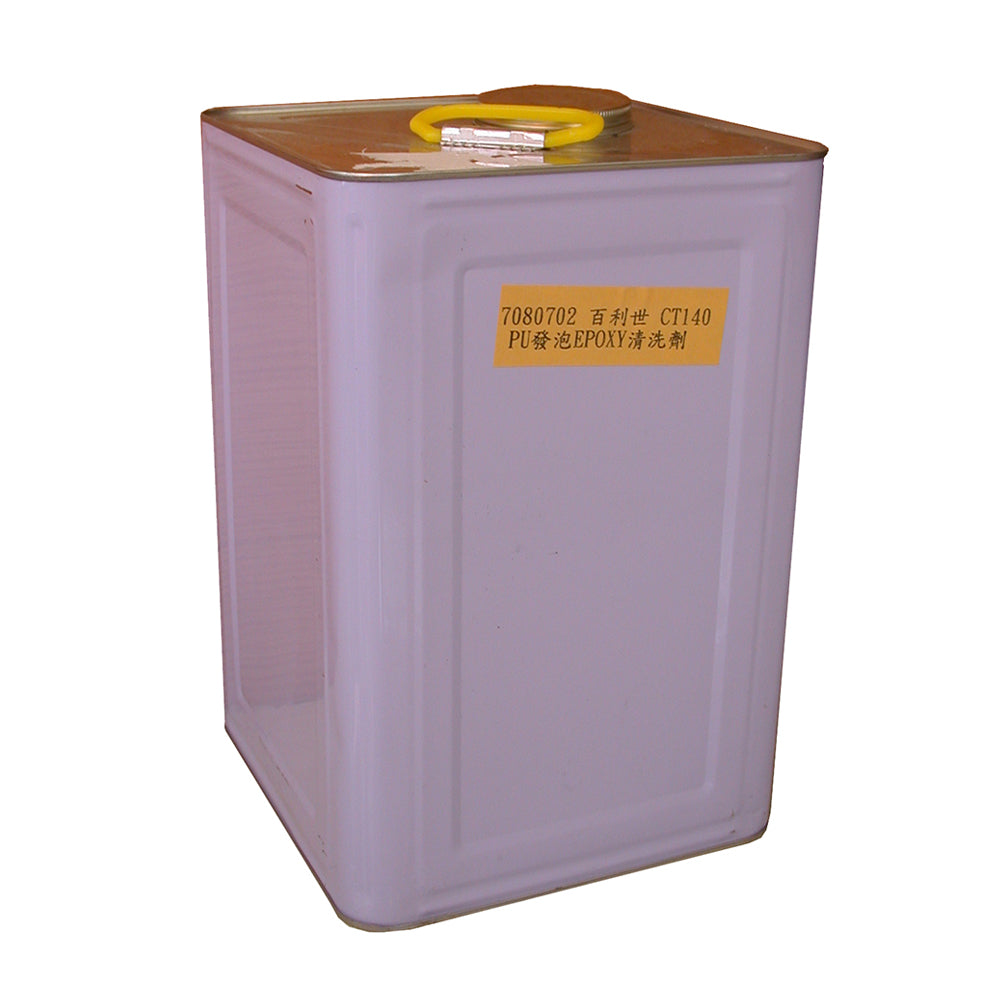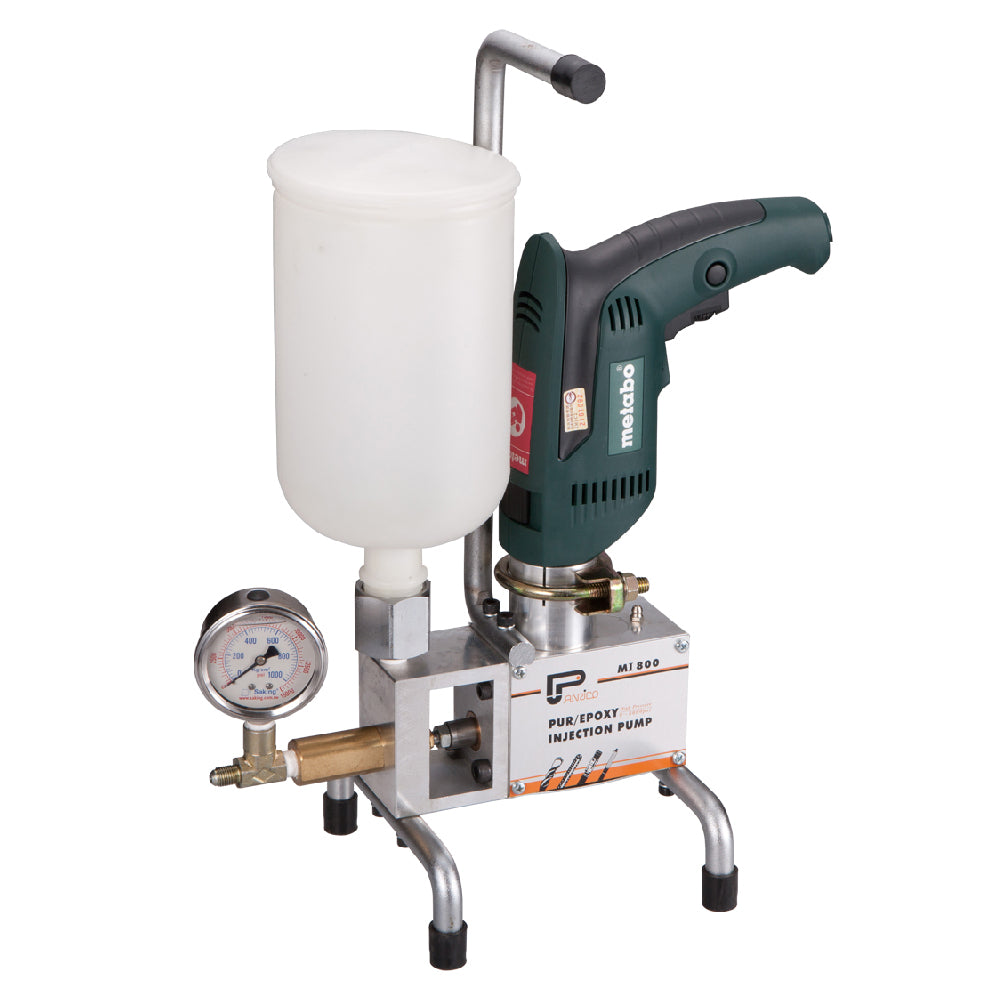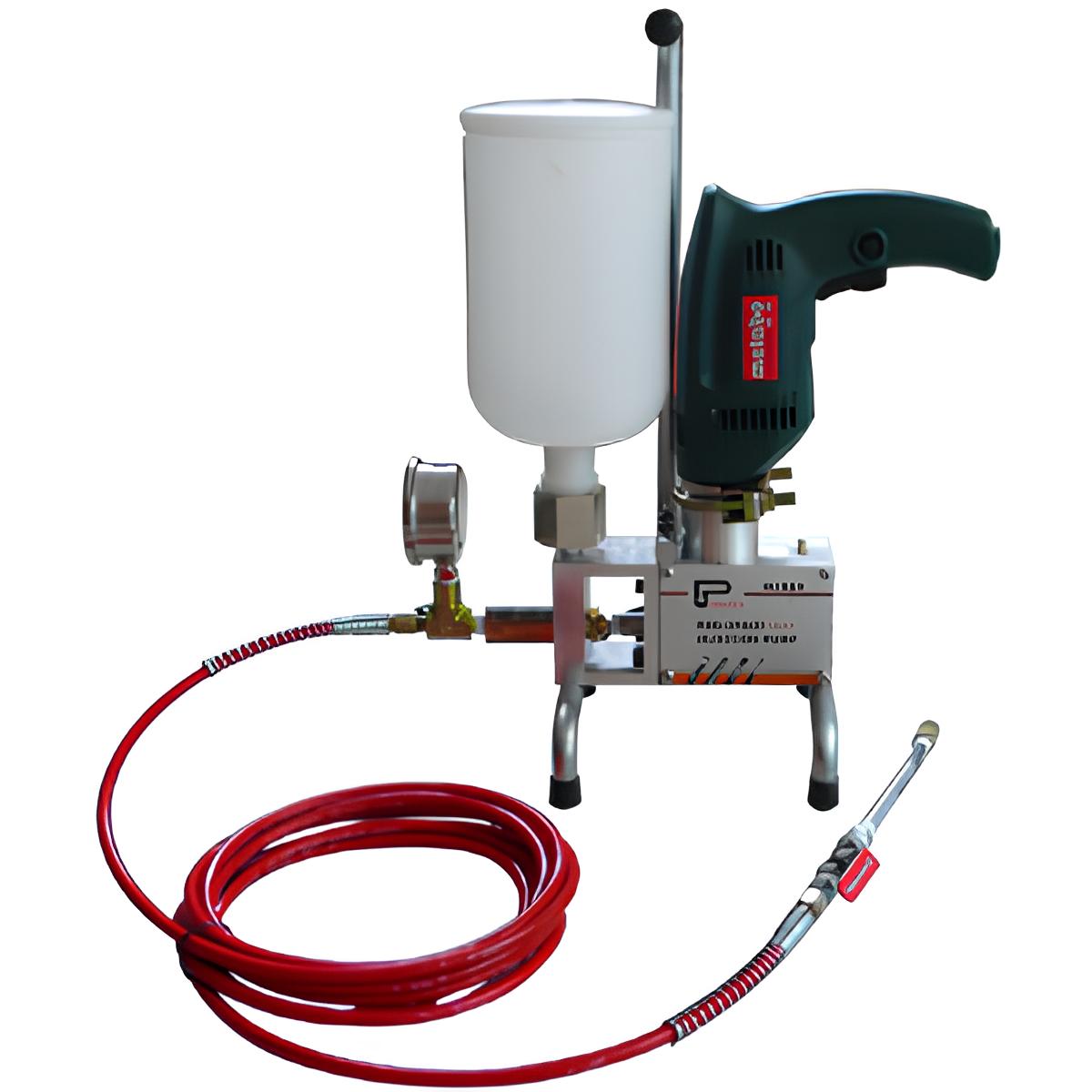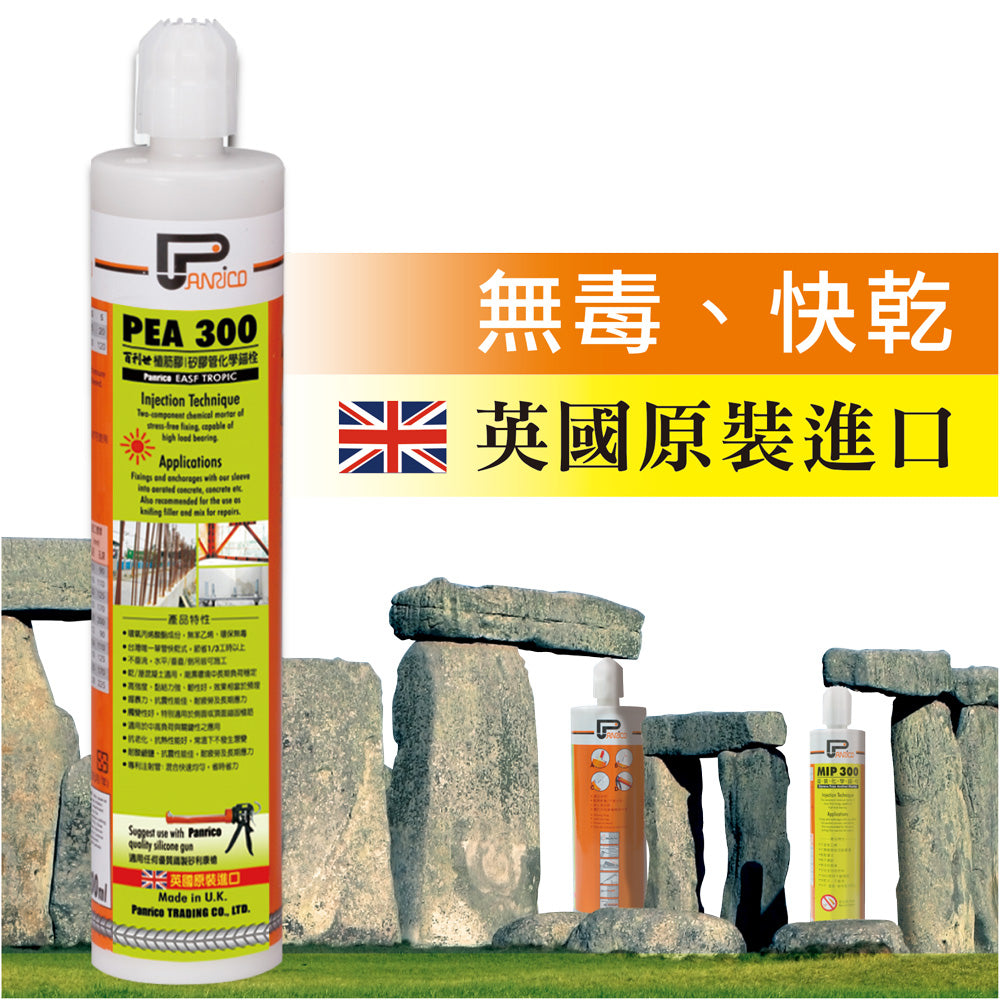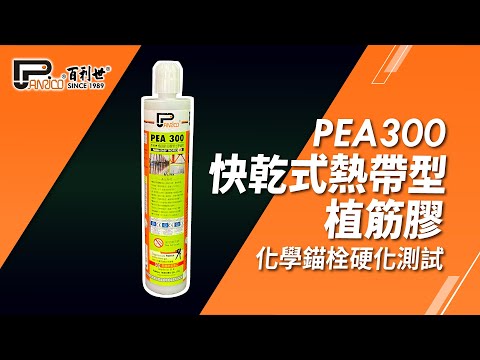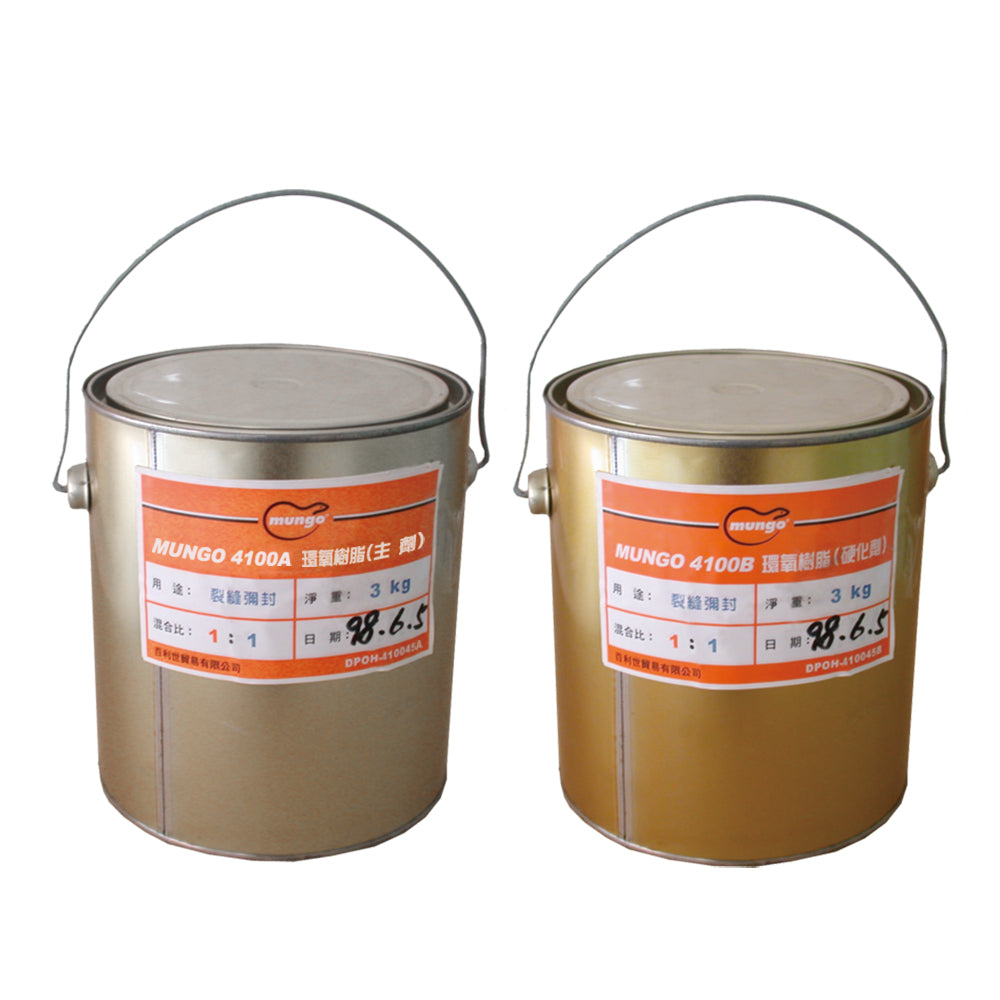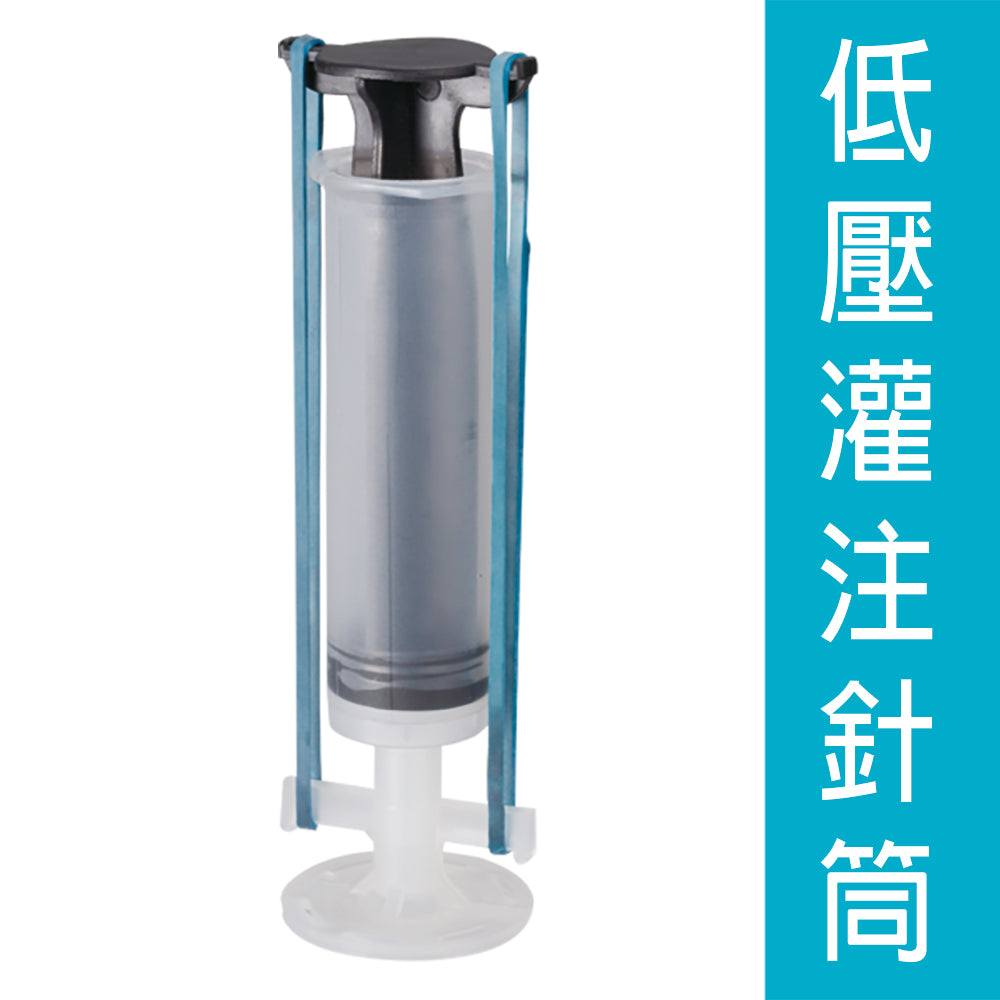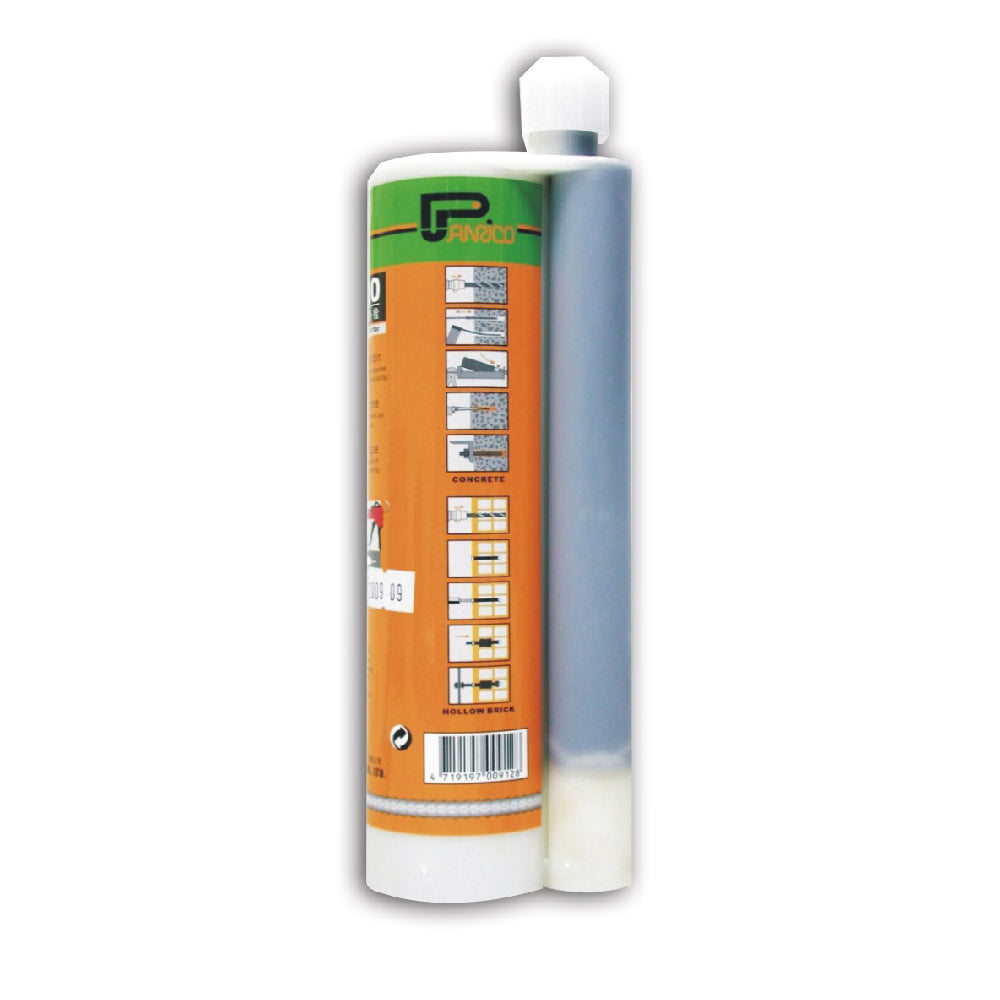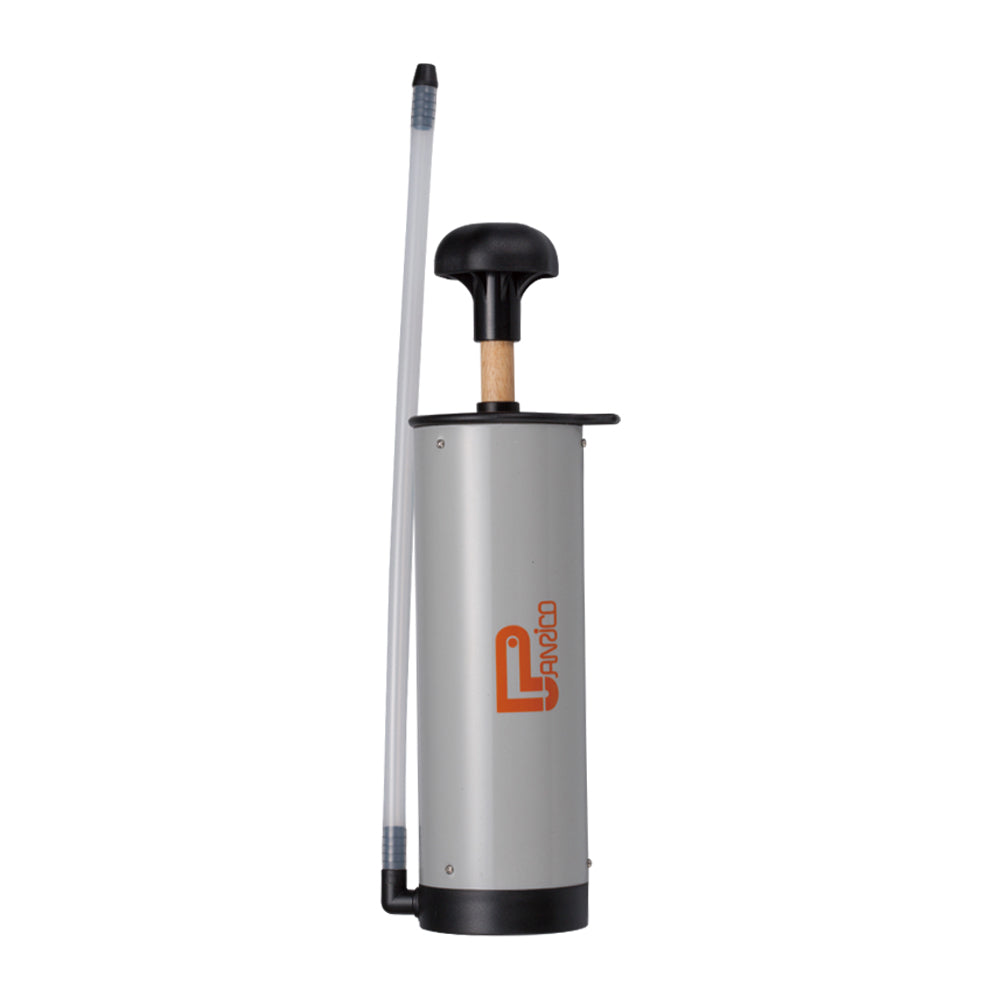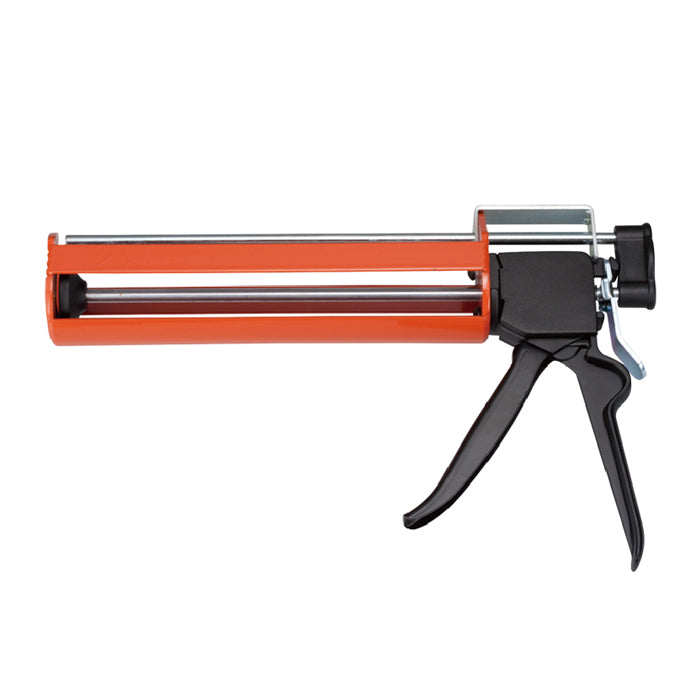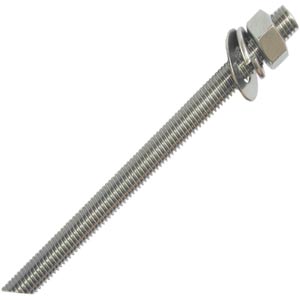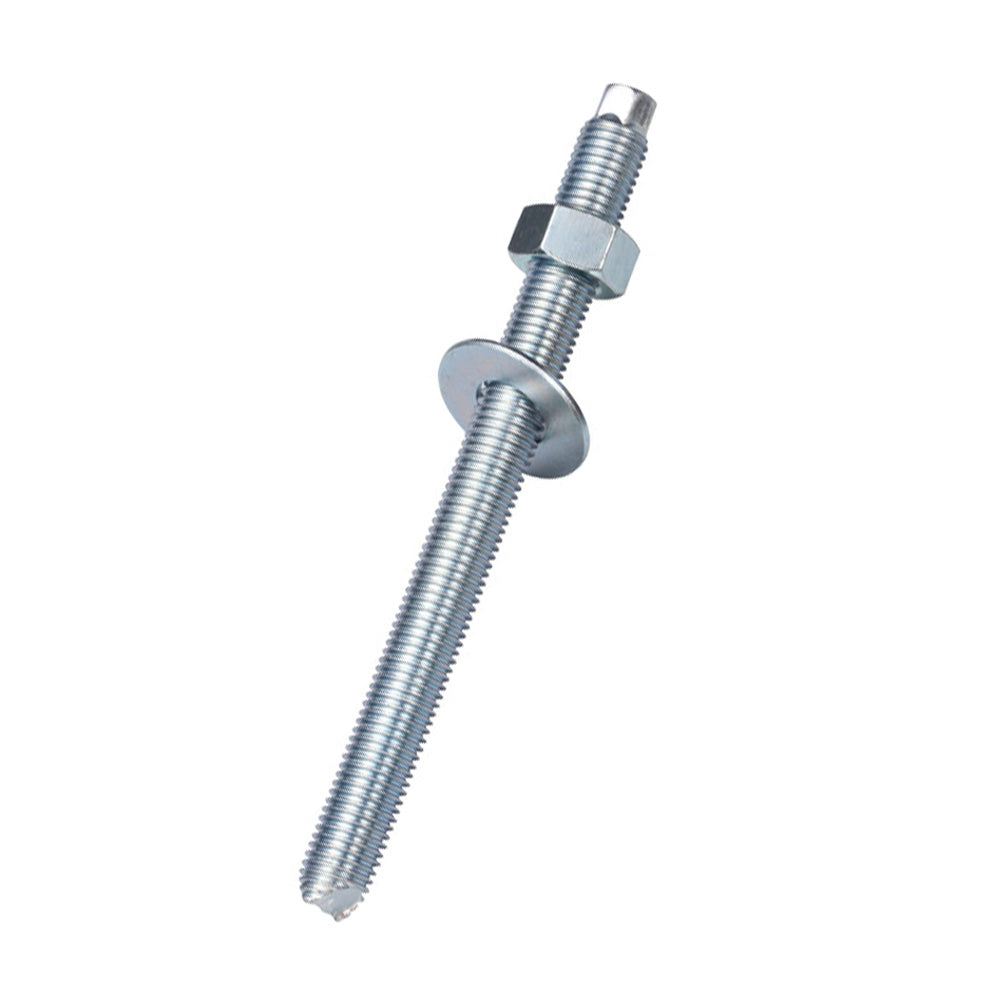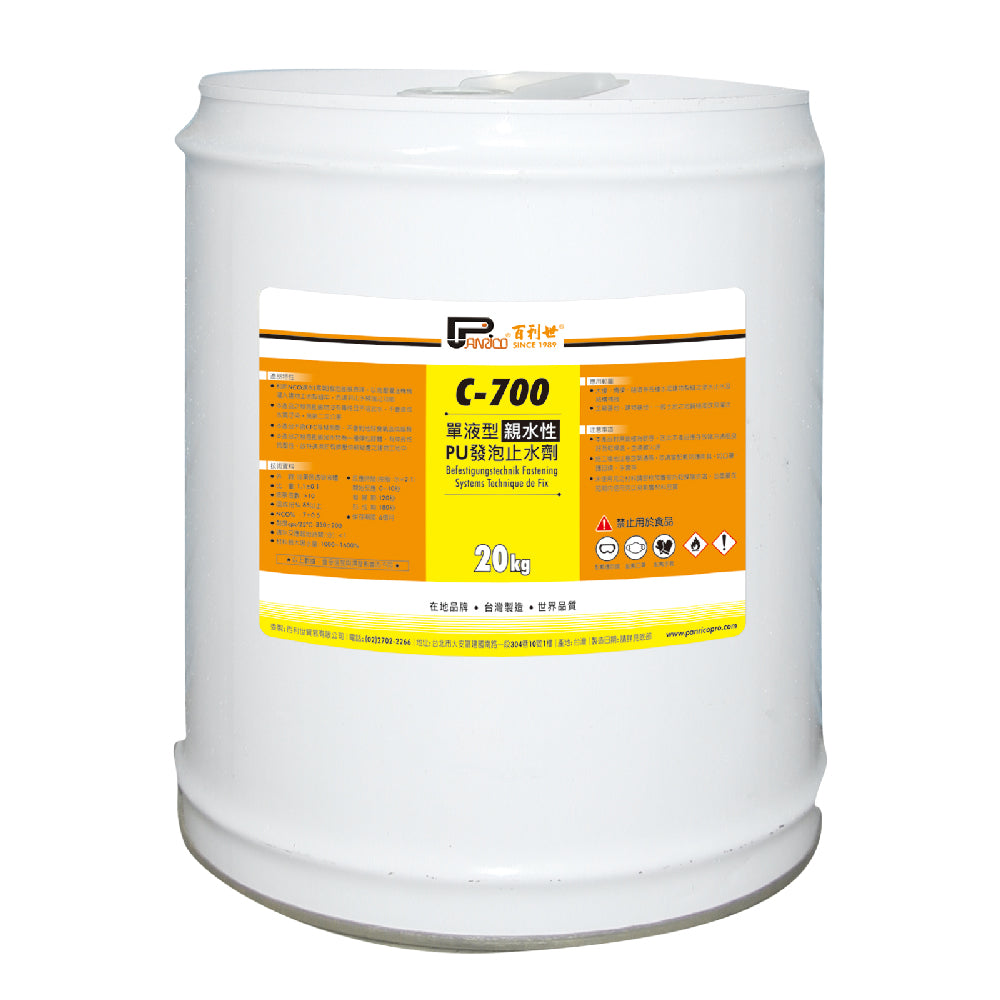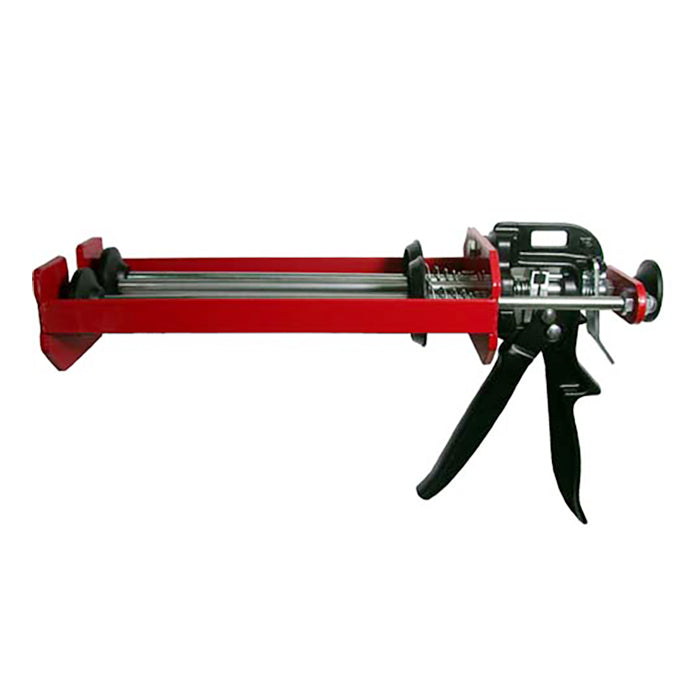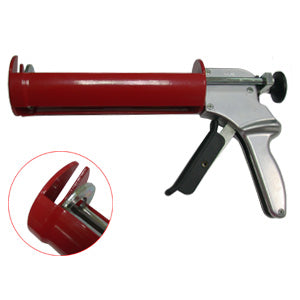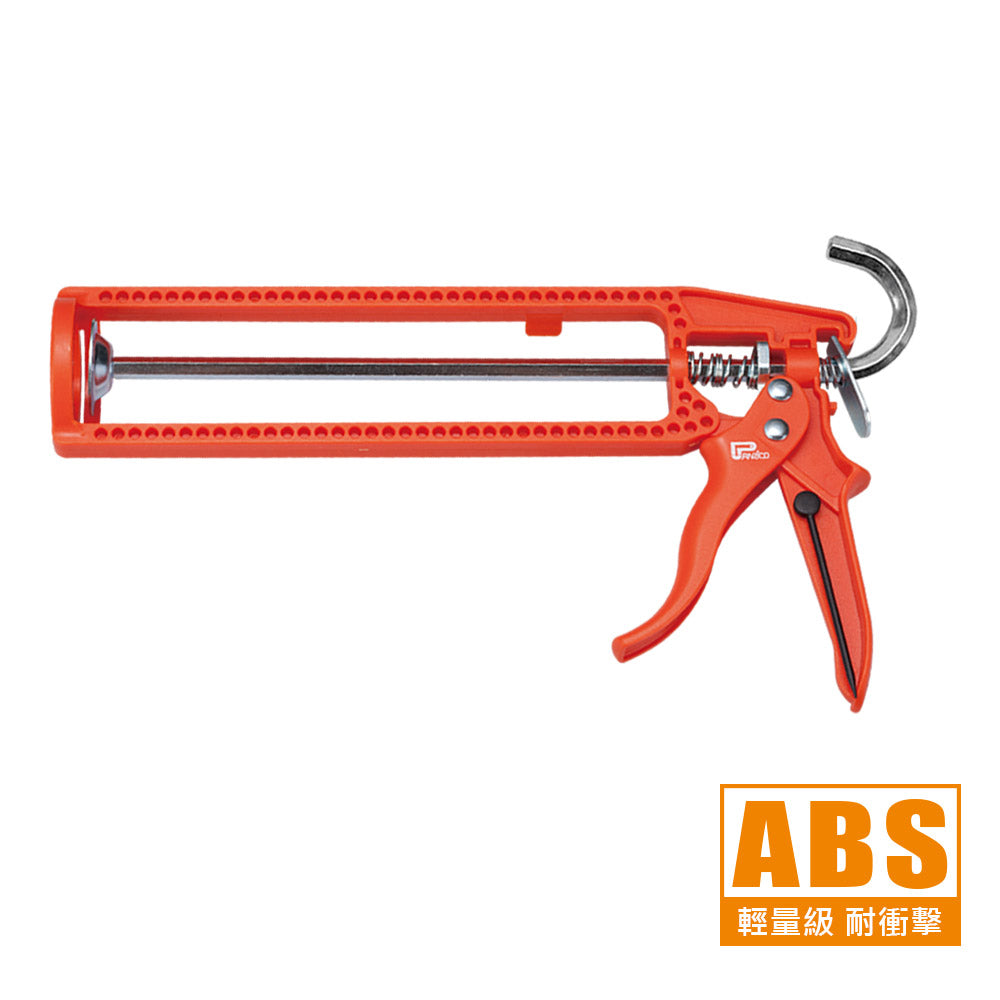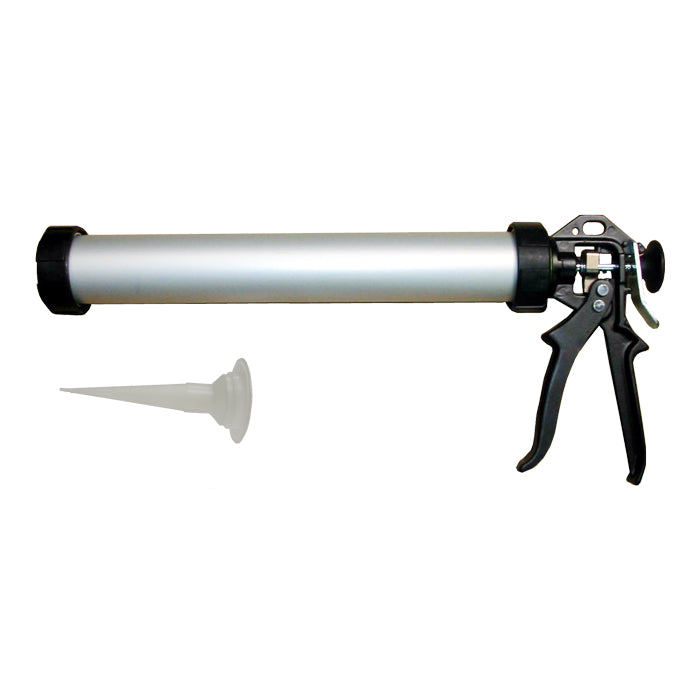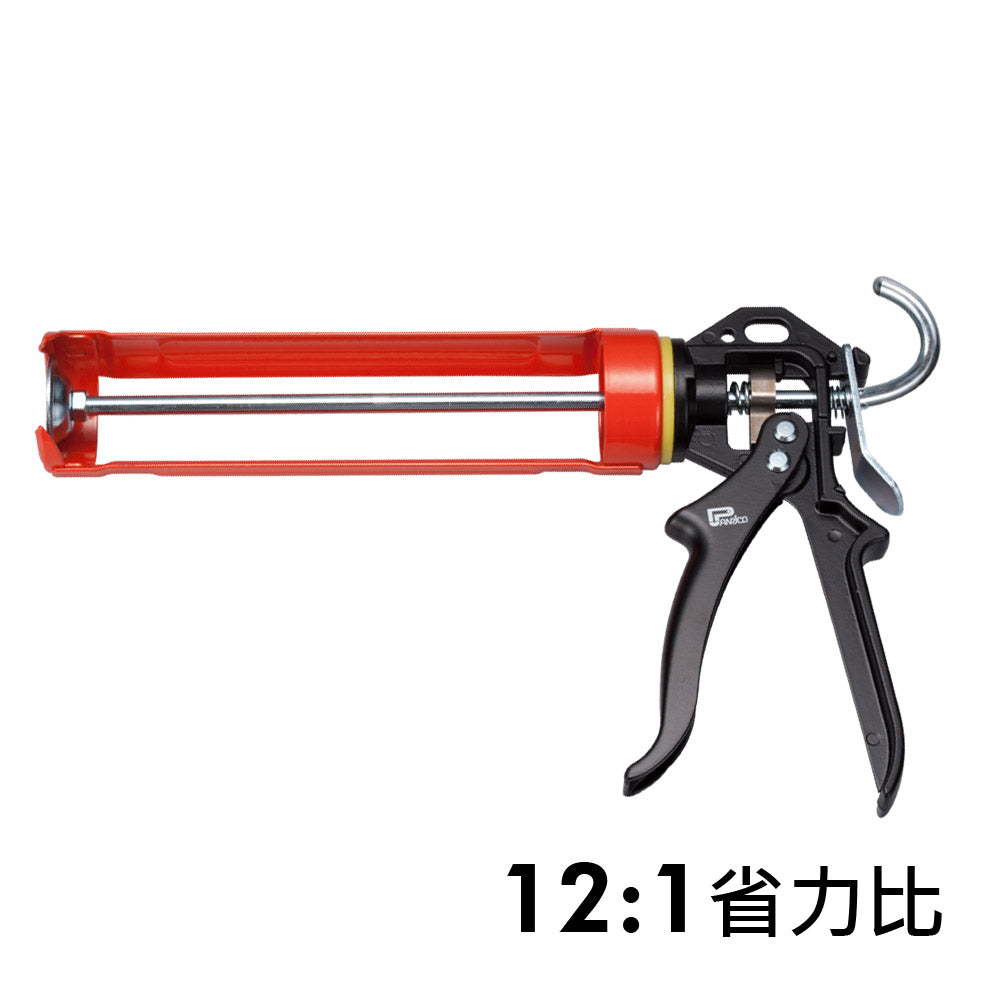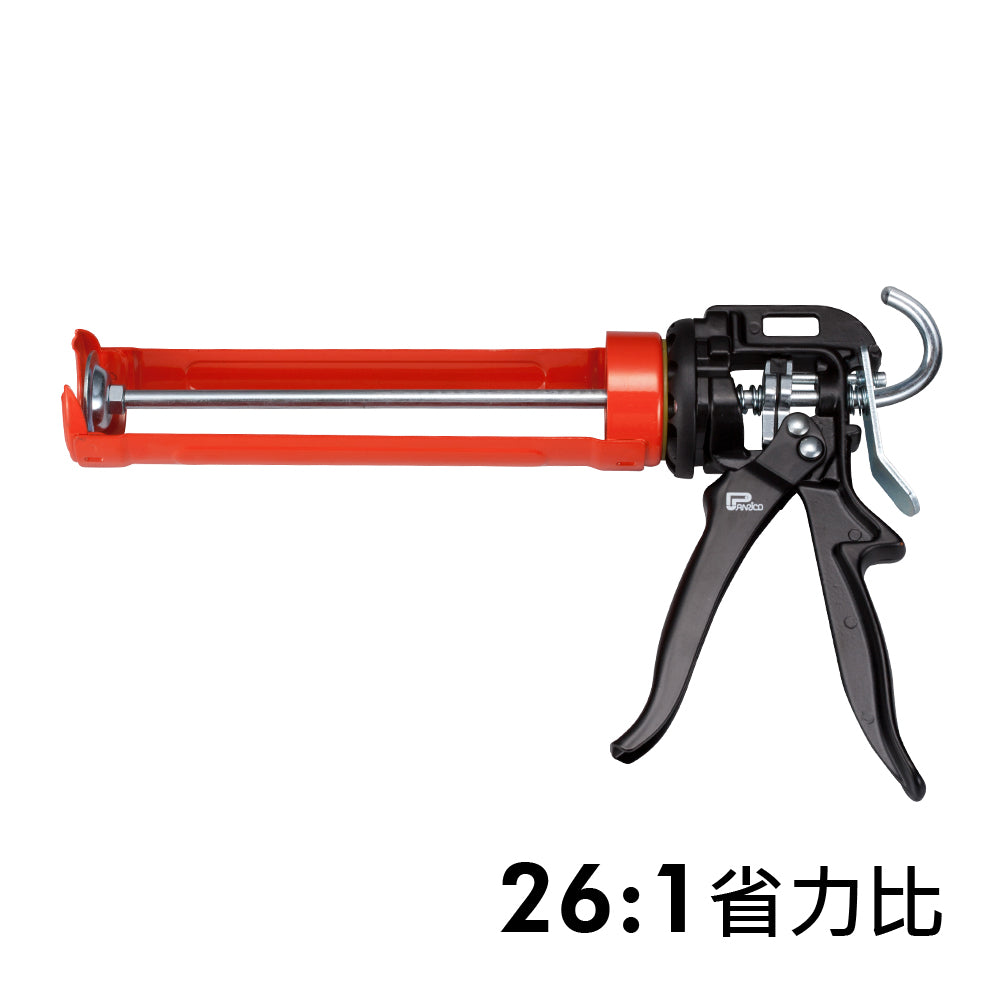Sort by:
21 products
21 products
feature of product:
- Water-stop needles (injection needles, high-pressure grouting nozzles) made in Taiwan
- High pressure filling machine accessories
- The water-stopping needle is firmly fixed in the hole by a quick tightening device after drilling the concrete, and is connected to the high-pressure pipe by a quick connector. When the agent is injected into the hole, there is a check valve device to prevent the resin from flowing back after high-pressure pouring. .
High-pressure pouring and leak-stopping method:
Structural cracks and water leakage treatment
- Drill at an angle of 45 degrees at 5 cm to 10 cm to the left or right of the lowest point of the crack to half the thickness of the structure. Drill from low to high in sequence. The hole spacing is preferably 15 cm to 30 cm. Drill to the highest point before drilling again. Bury the water stop needle once.
- Since cracks in general structures are irregular, special attention must be paid to drilling holes that must cross the fracture surface for injection to be effective. (To achieve good results, the distance between holes can be shortened)
- After the water-stop needle is installed, first check the structural strength of the structure; if the structural strength is insufficient, use a high-pressure infusion machine to inject a single-liquid hydrophobic foaming agent until the injection material is found to ooze out on the surface of the structure.
- After the filling is completed, the water-stop needle can be removed after the material is completely solidified.
Treatment of water leakage in construction joints
- Drill holes 5 cm to 10 cm to the left or right of the lowest point of the construction joint at an angle of 45 degrees to a depth of 1/2 of the thickness of the structure. Drill from low to high. The appropriate hole spacing is 15 cm to 30 cm. After reaching the highest point, bury the water-stop needle again. Since cracks in general structures are irregular, special attention must be paid to drilling holes that must cross the crack surface. Injections are effective.
- After the water-stop needle is set, use a high-pressure infusion machine to inject the water-stop foaming agent until the foaming agent is found to seep out on the surface of the structure.
- After the pouring is complete, the water-stop needle can be removed after the material is completely solidified.
- If the water seepage still cannot be improved, just use a water-stop foaming agent to repair it.
Honeycomb water leakage treatment
- In the honeycomb area, drill a hole every 25cm to 30cm, with a depth of 1/2 of the thickness of the structure, and then bury the water-stop needle and tighten it.
- After the water-stop needle is set, use a high-pressure infusion machine to inject the water-stop foaming agent until the foaming agent is found to seep out on the surface of the structure, which can completely solve the water leakage problem.
- After the pouring is complete, the water-stop needle can be removed after the material is completely solidified.
Water leakage from ring cracks
- First, drill directly at the crack of the ring piece. The drilling depth must exceed the thickness of the ring piece. Bury the water-stop needle and then inject the water-stop foaming agent;
- Then drill a hole 5cm to 10cm to the left or right of the ring piece at an angle of 45 degrees to a depth of 1/2 of the ring piece thickness, bury the water-stop needle, and inject the water-stop foaming agent again.
- After the pouring is complete, the water-stop needle can be removed after the material is completely solidified.
Water seepage between ring pieces
- Drill holes at the water seepage between the ring plates first. The drilling depth must exceed the thickness of the ring plates.
- Bury the water-stop needle and then inject the water-stop foaming agent.
- After the pouring is complete, the water-stop needle can be removed after the material is completely solidified.
Grouting hole water seepage
- Drill a 5mm hole directly on the pouring hole cover
- Then inject the water-stop foaming agent through this hole.
- After the pouring is complete, the water-stop needle can be removed after the material is completely solidified.
Product specifications:
| model | size | Use a drill | length | Applicable to |
|---|---|---|---|---|
| E035-10075 | 10x75mm | 10m/m | 7.5cm | Window frames, roof panels |
| E035-10100 | 10x100mm | 10m/m | 10cm | Window frames, roof panels |
| E035-13100 | 13x100mm | 13m/m | 10cm | basement, roof |
| E035-13180 | 13x180mm | 13m/m | 18cm | Continuous walls, beams and columns |
| E035-13260 | 13x260mm | 13m/m | 26cm | Continuous walls, beams and columns |
| E035-13300 | 13x300mm | 13m/m | 30cm | Continuous walls, beams and columns |
*If you have any needs, please contact our company directly.
From $3,087.00
Unit price perThe structural system of the building loses part of its seismic resistance due to damage from earthquake forces. If the section is not reinforced and repaired, stress concentration will form on the original fractures during another earthquake, which will intensify the damage and reduce safety.
Mungo 4200 crack-injecting epoxy resin (Epoxy) is a low-viscosity, two-liquid, room-temperature curing epoxy resin-infused repair material that has been widely used for repairing and reinforcing cracks in concrete structures. This injection resin does not contain solvents, has little shrinkage after hardening, and has excellent adhesion to various structures. With the mechanical infusion method (high-pressure infusion) or the syringe injection method (low-pressure infusion), fine cracks in the structure can be repaired. Give full play to the effect of reinforcement, restore the integrity of the structure, and achieve the purpose of integration.
Crack pouring epoxy resin is mostly used for low-pressure crack pouring and reinforcement. Its purpose is to block the infiltration of air and moisture, prevent steel bars from rusting, and neutralize concrete. And the separated concrete surfaces on both sides of the crack are bonded and compounded, and the loose concrete is re-bonded to achieve a strengthening effect.
feature of product:
- Crack infusion epoxy resin (Epoxy crack infusion artificial resin, crack infusion artificial resin, crack infusion resin glue)
- Crack-injecting epoxy resin (Epoxy) is a low-viscosity, two-liquid type, room-temperature hardening epoxy resin-injected repair material that has been widely used for repairing and reinforcing cracks in concrete structures.
- It is used for pouring and reinforcing low-pressure cracks. Its purpose is to block the infiltration of air and moisture, prevent steel bars from rusting, and neutralize concrete.
- The separated concrete surfaces on both sides of the crack are bonded and compounded, and the loose concrete is re-bonded to achieve a strengthening effect.
Low pressure perfusion features:
- Using low pressure and low speed continuous injection, every detail of the crack can be reliably injected.
- The amount of injection can be visually checked and epoxy resin can be replenished at any time.
- The pressure can be flexibly adjusted.
Product Usage :
Structural elements such as reinforced concrete buildings, main towers, bridge piers, abutments, tunnels, harbors, wharves, breakwaters, dams, sand dams, short bridges, spacer beams, main beams, etc., such as building apartments, etc., have cracks with a width of more than 0.3mm. For structural cracks, epoxy resin is injected under pressure to fill the cracks to repair damaged structural elements such as beams, columns, boards and walls, and to prevent moisture from penetrating and causing corrosion of steel bars.
Product characteristics :
| A (main ingredient) | B(hardener) | |
| Exterior | colorless liquid | Light brown transparent liquid |
| viscosity | 500±200 | 300±100 |
| Mixing ratio (weight) | 2 | 1 |
| proportion | 1.05 | |
| Available time | 90 minutes | |
| Initial hardening time | 4-6 hours | |
※Set the temperature at 25 degrees C
Physical data:
| Test items | Test Methods | unit | Specification Value |
|---|---|---|---|
| Compression yield strength | ASTM D695 | Kg/cm 2 | >500 |
| Bending strength | ASTM D790 | Kg/cm 2 | >400 |
| tensile strength | ASTM D638 | Kg/cm 2 | >300 |
| Bonding strength | ASTM C882/C882M | Kg/cm 2 | >100 |
Product capacity:
- Mungo 4200 A agent 20Kg / B agent 10Kg
- Mungo 4200 A agent 8Kg / B agent 4Kg
B+BTec glass chemical anchors imported from the Netherlands (chemical anchors, chemical anchors, anchor reinforcement chemical tubes, chemical bolt anchors, chemical anchors), can be used for underwater construction, and are suitable for various vibration loads , foundation bolts, steel plate fixation, and reinforcement. It is quickly consolidated after installation and has high bearing capacity.
Obtained ETA European Technical Approval Certification, which is similar to ICC-ES AC58 / AC308 (formerly known as ICBO) and ASTM E 1512.
feature of product:
- Dutch B+BTec glass chemical anchors, unparalleled fastening power, cannot be replaced by any Anka
- Rotating the implant instantly cleans the hole wall, mixes glass and quartz particles, carves the wall surface and quickly removes dust.
- The risk of failure rate can still be maintained to a minimum when performed by non-permanent professional staff ~ almost "zero"
- Providing accurate dosage and equal-proportion mixing guarantee
- Construction temperature ranges from -5℃ to 40℃, wide application range
- Glass chemical anchors (chemical anchors) are suitable for heavy loads and various vibration loads
- Glass chemical anchors (chemical anchors) are suitable for various operations and underwater construction (can be used in humid environments)
- Glass chemical anchors (chemical anchors) are suitable for small spacings, margins and narrow spaces
- Glass chemical anchors (chemical anchors) do not produce compressive stress on concrete and can be used on various base materials
- Glass chemical anchors (chemical anchors) are completely bonded to the structure, resistant to vibration and heat, not weathered, not aged, acid and alkali resistant, and corrosion resistant
- Glass chemical anchors (chemical anchors) provide the shortest hardening time and greatly improve efficiency
- Non-parallel expansion reaches maximum gripping force
- The creep life has actually been proven to exceed 40 years, with no failure record.
- The only number of pull-out tests after installation is almost single digits, and it is currently the safest construction method.
- Taking quality assurance, follow-up service and testing costs into consideration, it is actually the most economical gravity-type fixed series.
- The longest retention period (more than two years)
Application scope:
- No steel bars are reserved for new construction projects, such as atrium garden railings, continuous walls, beams, columns, floor slabs, etc.
- Addition, renovation, engineering change design or structural reinforcement of old buildings
- Ports, bridges, high-load structures
- Shade project
- It can fix heavy machinery equipment, wall panels and crane tracks, safe and reliable
Installation steps instructions:
- Drill holes in concrete using a power hammer drill using the recommended hole diameter and depth.
- Use a diamond drill to drill holes where the steel bars need to be penetrated.
- Use a brush, blower or water to clean the hole.
- Check the chemical anchor agent tube to confirm that it is not damaged and that the resin inside can flow normally.
- Insert the medicine tube into a clean hole with the round head facing inward.
- Make sure the screw is clean, use the installation tool and electric hammer drill to rotate the screw to the bottom of the hole at a uniform speed (it is recommended that the electric hammer drill speed is 250-500rpm) to rupture the medicine tube and allow the medicine to be fully mixed.
- Check whether there is any chemical overflow on the surface of the hole to ensure that the hole is full; check whether the screw burial depth reaches the surface of the base material to ensure that the screw reaches the required burial depth.
- Wait for the agent to cure according to the recommended curing time. During this period, do not collide or knock the chemical anchors.
- Install artifacts
Origin: Netherlands
- Used as PU foaming agent and epoxy resin (Epoxy) cleaning solvent
- The boiling point is higher than that of acetone, and the dosage is less, so the cost of using this product is low
- It can prevent residual materials from condensing and solidifying in the mixing process or after not being used, thus ensuring the cleanliness of the perfusion system and smooth pipelines to improve the efficiency and product quality of each perfusion.
- It has the characteristics of high boiling point, non-toxicity, and good compatibility with epoxy resin, curing agent and related oligomers.
- Made in Taiwan
Product capacity:
14kg
Instructions:
- Pour the cleaning agent into the items to be cleaned and wait until the liquid Epoxy or PU foaming agent softens. Or liquid Epoxy or PU foaming agent can be wiped off the area.
- If you are cleaning a high-pressure filling machine, please first pour the cleaning agent into the barrel, turn on the power of the machine, and directly knock out the Epoxy or PU foaming agent.
Precautions:
- Please maintain a ventilated environment
- If it accidentally gets into your eyes, please rinse with plenty of water.
- This product is suitable for cleaning agents whose PU foaming agent or Epoxy is still in liquid state. If it has hardened, it cannot be cleaned with this product.
MI800III high pressure injection machine is a professional machine mainly used for structural injection. It is light in weight and easy to carry. It has ultra-high pressure and does not require an air pressure source. It uses an electric drill to drive the piston to generate high-pressure power, and pressurizes the leak-stopping agent into the cracks to achieve a water-stopping effect. It is the best choice for professional waterproofing, leak-stopping and structural reinforcement constructors.
Product Features:
- Taiwan-made portable electric high-pressure grouting machine (high-pressure grouting machine, high-pressure grouting machine)
- Fast construction: It can be increased to 5000PSI working pressure within seconds, and the injection time is faster than other models.
- Easy to carry: The body weighs only 7.5 kg, making it easy to carry and move.
- Easy maintenance: No special training is required for maintenance, eliminating downtime due to machine repairs.
- Simple operation and effective in stopping leaks: The agent can be effectively injected into tiny cracks to effectively stop leaks.
- Economical and affordable: The machine body has few consumable parts and the unit price is cheap, which is great value for money and can reduce costs.
Scope of application:
- Sealing and sealing of cracks, expansion joints, construction joints and structural joints in various buildings and underground concrete projects.
- Drilling wall plugging and reinforcement in geological drilling projects.
- Grouting of reservoir dams in water conservancy and hydropower projects, plugging and preventing leakage in water transfer tunnel cracks, and preventing and reinforcing cracks in dam concrete.
- Water leakage in subways, tunnels, culverts, sewage treatment pools, concrete cracks, can be plugged with water.
- Water leakage in basements, underground garages, underground passages, and concrete cracks can be blocked with water.
- Cracks in roof concrete slabs, wall pipes, corners and water leaks can be sealed with water.
- Cracks in concrete structures, beams, columns and slabs can be cured by high-pressure injection of epoxy resin.
Specifications:
- Weight: 7.5 KG
- Maximum output pressure: 11000 PSI
- Restart: <7500 PSI
- High pressure pipe safety range: <14000 PSI
- Switch valve safety range: <18000 PSI
- Output flow: 0.74 liters/minute
- Power supply (Taiwan): 110V
Equipped with:
- body
- 5M high pressure hose
- Switch valve set (including butter head)
- Metabo SBE560 Electric Drill (minimum wattage: 560 watts)
How to do it:
one. Notes before use:
- The correct voltage for this machine is 110V, and 220V voltage cannot be used.
- Before use, check the lubricating oil filling hole. If the lubricating oil in the spindle chamber is insufficient, add the specified lubricating oil.
- Before operating the machine, check the axis and pull rod to make sure there is no obstruction before use.
- After each filling, it should be cleaned twice with a clean special detergent.
two. Machine cleaning steps:
- After the medicine is injected, inject the remaining medicine back into the barrel, and then pour in the special cleaning agent (about 600cc). First, inject all the medicine in the feeding tube, make sure there is no medicine in the feeding tube, pour in the special cleaning agent (about 600cc) again, and put the switch valve back into the funnel for circulation.
- The cleaning time is Repeat this action twice for 3 - 5 minutes. After cleaning, pour in 50cc of clean engine oil and turn on the switch to allow the oil to lubricate the shaft.
- If there is no engine oil on site, please remove the spring and steel ball, clean them and store them properly to avoid damage to the piston during next use.
Use with products:
- Water-stopping agent - Hydrophilic PU foaming water-stopping agent / Hydrophilic crack water-stopping injection agent C-700 (single agent)
- Water-stopping agent - Hydrophobic PU foaming water-stopping agent / Hydrophobic crack water-stopping injection agent C-800 (single agent)
- PU foam and epoxy resin cleaning agent
The rebar anchor glue (adhesive chemical anchor/rebar anchor adhesive) is imported from the UK, with epoxy acrylate ingredients, non-toxic, odorless, and styrene-free. It is the only quick-drying rebar anchor glue introduced in Taiwan, which dries quickly, does not sag, and can be installed upside down.
ETA European Technical Approval Certification from the European Technical Approval Organization EOTA.
Product Features:
- Single tube quick-drying tropical anchor glue (chemical anchor bolt/chemical anka adhesive), economical and environmentally friendly, exclusive patented new design of replaceable agent package, no residual glue left
- Quick-drying tropical anchor glue, epoxy acrylate ingredients, styrene-free, environmentally friendly and non-toxic
- The only single-tube quick-drying anchor glue introduced in Taiwan, saving more than 1/3 of the working hours
- PEA300 adhesive chemical anchor bolt, no sag, can be installed horizontally, vertically or inverted
- Applicable to both dry and wet concrete, stable load over a long period of time in a humid environment
- High strength, strong bonding, good toughness, the effect is equivalent to pre-embedded
- Grip strength, good shock resistance, fatigue resistance and long-term stress resistance
- Good thixotropy, especially suitable for side or top surface anchoring
- Suitable for medium to high load and critical applications
- Quick-drying tropical anchor glue has good anti-aging and heat resistance, and does not creep at room temperature
- Acid, alkali and salt resistance, good earthquake resistance, fatigue resistance and long-term stress resistance
- Patented injection tube for quick-drying tropical anchor glue, which mixes the anchor glue quickly and evenly, saving time and effort
- No need to cut or slit the cover, just loosen the cover and lock the mixing tube for use
- The quick-drying anchor glue (chemical anchor bolt/chemical anka adhesive) is an exclusive patented design and can be used with a general high-quality professional silicone gun or anchor glue gun.
Scope of application:
- Expansion and modification of old buildings, industrial design changes, and other structural reinforcement
- The new construction project does not reserve steel bars, such as sky gardens, railings, walls, continuous walls, beams, columns, floor slabs, etc. Foundation bolts
- Large projects, such as public construction, civil engineering, bridges, roads, etc.
- Anchorage connection between steel structure and concrete structure
- Planting of steel bars and bolts in concrete construction
- Curtain wall stone dry hanging bracket fixing
- Fixing of road noise insulation panels and guardrails
- Various industrial machinery and equipment foundation fixing
Operation time:
| Substrate temperature | 5℃ | 15℃ | 25℃ | 35℃ | 45℃ |
| Operation time (gelling)/minute | 45 | 18 | 10 | 5 | 2 |
| Load-bearing time (curing)/minute | 120 | 75 | 45 | 30 | 15 |
※ There is a difference between the temperature inside the concrete and the surface temperature. Please measure it yourself.
Construction Note:
- Please first inject 5cm of the rebar glue and make sure the two doses are evenly mixed before use.
- The length of the mixing tube cannot be cut arbitrarily, and the spiral strips inside the tube cannot be discarded to avoid uneven mixing.
How to save:
- Storage temperature: 5~25℃
- Avoid direct sunlight to prevent the medicine from deteriorating
Construction instructions:
Concrete construction steps description:
- Drilling: Use an impact drill to drill holes according to the specified hole diameter and hole depth. Please refer to the technical data
- Hole cleaning: Use a steel brush to remove debris from the hole, and use a blower or other tools to blow the hole clean.
- Placement: After the mixing tube is filled with the rebar glue, it is placed in the professional silicone gun
- Mixing: Discard the 5 cm of adhesive that was not fully mixed at the beginning.
- Glue injection: Inject the anchor glue into the hole
- Implantation: Inserting steel bars or screws must be completed within the specified operation time
- Curing: During the curing process of the anchor glue, do not touch the steel bars or screws.
- Loading: After fully solidified, load and tighten
Capacity: 300ml
Origin: United Kingdom
Mungo 4100 crack sealing epoxy resin (Epoxy) is a paste, two-liquid type, epoxy resin used for filling gaps between concrete or other objects. It has good sealing properties.
The structural system of the building loses part of its seismic resistance due to damage from earthquake forces. If the section is not reinforced and repaired, stress concentration will form on the original fractures during another earthquake, which will intensify the damage and reduce safety.
Mungo 4100 crack sealing epoxy resin is used to repair and reinforce cracks in concrete structures if low-pressure pouring is used to pre-treat minor cracks in the structure. It is necessary to first use Mungo 4100 crack sealing epoxy resin to install the injection base and fix it on the concrete surface. Then the surface of the crack must be sealed and sealed so that the injected Mungo 4200 crack filling epoxy resin (Epoxy) can be poured later. ) will not be lost, and can fully exert the reinforcing effect, restore the integrity of the structure, and achieve the purpose of integration.
feature of product:
- Crack sealing epoxy resin (Epoxy, crack sealing artificial resin, crack sealing artificial resin, crack sealing resin glue)
- Crack sealing epoxy resin (Epoxy) is a paste, two-liquid type, epoxy resin used for filling gaps between concrete or other objects. It has good sealing properties.
Product performance :
| A (main ingredient) | B(hardener) | |
| Exterior | white paste | light gray paste |
| main ingredient | Epoxy resin | Denatured polyurethane |
| viscosity | paste | paste |
| Solid content | More than 98% | More than 98% |
| Mixing ratio (weight) | 1 | 1 |
| Available time | 40 minutes | |
| Initial hardening time | 6 hours | |
| Full hardening time | 7th | |
Product Usage:
- Sealing (sealing) of gaps between concrete surface, concrete surface and metal plate, concrete surface and stone, gypsum board and concrete, etc.
Product capacity:
- Mungo 4100 A agent 3kg (main agent)
- Mungo 4100 B agent 3kg (hardener)
The low-pressure pouring reinforcing syringe is specially designed for cracks in structural walls. It is a syringe matching the crack injection repair method and is used to repair cracks in concrete and mortar. The syringe injects the epoxy resin into the cracks at low pressure and speed through rubber band pressure to restore the integration of the cracked concrete and mortar, preventing rainwater or carbonic acid gas from intruding into the concrete structure through the cracks and causing the neutralization of the concrete, thus restoring the concrete. The durability of the structure, simple construction, and low pressure will not damage the structure.
Product specifications:
- Components: syringe, syringe base, rubber band
- Injectable capacity of one syringe: 50cc
- Origin: South Korea
Be applicable:
Various structural building structures, such as highways, bridges, residences, etc., may suffer from cracks due to internal factors such as aging of the building, improper internal stress, or external factors such as poor construction, earthquakes, and uneven foundation settlement.
Purpose of crack pouring:
- Block the infiltration of air and moisture, prevent steel bars from rusting, and neutralize concrete.
- The separated concrete surfaces on both sides of the crack are bonded and compounded, and the loose concrete is re-bonded to achieve a strengthening effect.
Repair principle of perfusion method:
- The infusion method is a repair method that injects reinforcement into the crack from the surface of the crack to keep the crack displacement to a minimum and prevent deterioration or increase in width.
- During the filling process, the air and reinforcing agent in the original cracks are replaced, and the air is gradually discharged through the fine cracks.
- The larger the crack depth (section), the greater the required perfusion energy.
The necessity of structural crack reinforcement:
- The structural system of the building loses part of its seismic resistance due to damage from earthquake forces. If the section is not reinforced and repaired, stress concentration will form on the original fractures during another earthquake, which will intensify the damage and reduce safety.
Fracture pressure pouring reinforcement method
1. Scope of application:
If structural cracks with a crack width of more than 0.3mm occur in reinforced concrete, main towers, bridge piers, abutments, spacer beams, main beam interiors and other structural elements, epoxy resin is injected under pressure to fill the cracks to repair the damaged beams. , columns, plates and walls and other structural elements to prevent moisture from penetrating and causing corrosion of steel bars.
2. Use construction method:
Low pressure and low speed continuous perfusion method.
3. Construction sequence:
| 1 | Really investigate the cracks: |
| Carefully measure crack width, length and shape. | |
| 2 | Pre-infusion treatment: |
| Use a wire brush or grinder to smooth the area where the sealant is intended to be applied to expose a solid surface, and use a high-pressure water gun to clean the surface of the crack and surrounding impurities. | |
| 3 | Decide where to install the base: |
| Depending on the width and shape of the crack, the location of the injection is determined. | |
| 4 | Base installation: |
| Use sealing agent to install the injection base so that it is fixed on the concrete surface and must match the center of the crack. | |
| 5 | Crack sealing: |
| Use sealing agent to seal the surface of the crack firmly so that the injected resin will not be lost. The standard is to seal the crack with a width of 30mm and a thickness of 3mm. | |
| 6 | Sealant health care: |
| Determine if the sealant has hardened. | |
| 7 | Epoxy resin injection: |
| Use a syringe barrel to perform the injection operation. When the crack is wide, use a low-pressure and low-speed method to inject through the base. Install the syringe barrel on the base and start the operation. Install one syringe every 20cm-30cm between injections. During construction, attention should be paid to the fact that if the epoxy resin in the injection barrel has been completely injected into the crack, the injection barrel should be replaced immediately, and the epoxy resin should be replenished to continue pouring to ensure that the crack is indeed filled with epoxy resin. |
|
| 8 | Hardening regimen: |
| After the injected epoxy resin hardens, remove the syringe barrel and allow a 24-hour curing period. | |
| 9 | Surface Modification: |
| Remove the base and use a grinder to remove the sealant to make the concrete surface flat. The finished surface must be painted with cement according to the current condition. |
Construction examples of low-pressure pouring reinforcement for cracks:
Construction sequence diagram:
related materials:
Crack sealing: Mungo 4100 crack sealing epoxy resin (Epoxy) can be used ~ concrete crack filling reinforcing material
Crack pouring: Mungo 4200 crack pouring epoxy resin (Epoxy) can be used ~ concrete crack repair and reinforcing material
Injection syringe: It can be pressurized with a rubber ring and used for low-pressure, low-speed continuous injection.
Precautions:
Visually check whether epoxy resin remains in the syringe barrel. If there is no epoxy resin remaining in the syringe barrel, it means that the crack has not been filled with epoxy resin. The syringe barrel should be replaced and epoxy resin should be added.
Product Features:
- Taiwan-made injection-type anchor glue, professional steel structure reinforcement or equipment foundation fixing material
- Mungo 4300 injection anchoring glue is made of epoxy resin and is used for anchoring or chemical bonding bolts. It has strong holding power, long working time and good operability.
- The injection adhesive is quick, easy and clean to apply, shortening the construction period. Seven days after the application, the strength can reach 100% of the maximum load effect.
- Chemical Anka adhesives are fixed by adhesion, which will not damage the concrete but also strengthen it. The bond strength is greater than the raw material structure.
- Mungo 4300 injection adhesive has strong fixing force and is suitable for a variety of different substrates
- Rebar adhesive, styrene-free, no pungent odor
- The anchor glue has super strong adhesion and does not shrink
Scope of application:
- New construction without reserved steel bars, atrium gardens, railings, and wall fixings
- Secondary construction structural reinforcement, beams, columns, floor slabs, and scaffolding fixation
- Continuous wall, retaining wall, shear wall
- Used for expansion, reinforcement and repair of bridges, tunnels and houses
- Screw fixing and steel bar anchoring of heavy equipment brackets
- Bolt anchoring of roads and railroad subgrades and rebar planting of floor slabs
Installation environment:
Installation method:
Specifications:
Capacity: 360ml
Special implant injection gun:
345ml professional double liquid iron rebar glue gun
- Air blower made in Taiwan (hole cleaning air bag, hole clearing air blower, chemical anchor bolt and reinforcement hole cleaning air blower, anchor bolt installation accessories air blower, special air blower for reinforcement hole planting, special hole cleaning air blower for reinforcement reinforcement)
- Remove dust from holes after drilling
- Hoses provide adequate removal of deep debris
- 360° freely adjustable
- Cleaning holes after cement drilling can increase the bonding strength of Anka
Product specifications:
| full length | barrel length | Injection tube |
| 240mm | 190mm | 300mm |
- Professional double-liquid iron glue gun made in Taiwan (professional two-liquid glue glue gun, professional two-liquid glue glue syringe, professional double-liquid glue glue gun for glue glue)
- Two-liquid type iron professional glue implanting injection gun with long service life
- The labor-saving design of the spring mechanism of the reinforcement gun makes construction effortless.
- The reinforcement syringe strengthens the structure, is easy to operate, and can be constructed by yourself
- Special caulking injection gun for tendon implantation, with stable push volume and easy control of injection flow
Product specifications:
- Injectable capacity: 345ml
- Reinforcement glue mixing ratio: 1:10
Introduction to use:
- Put the reinforcement glue (injectable chemical adhesive) into the special reinforcement glue gun, slowly pull the trigger, and discharge the thinner glue from the mouth of the platinum bag and discard it.
- Insert the spiral mixing nozzle into the bottom of the hole. If the length is not enough, use a plastic tube to extend it.
- Pull the trigger, move the trigger hole once, and move the syringe back once to discharge the air in the hole.
- In order to make the hole full of glue after the steel bar is implanted and prevent the glue from flowing out, the hole should be filled with glue up to 80%. The steel bar should be planted immediately after the hole is filled with glue.
Use with reinforcement glue:
Made in Taiwan Mungo 4300 reinforcement glue
Stainless steel screws and tin screws (tin bolts) are key components in modern construction and industrial applications, with excellent fixing performance. These professional fixing systems can effectively withstand high loads and are suitable for various environments. When installed with chemical anchors, they provide higher fixing stability, especially in concrete or stone structures, and can achieve a strong fastening effect. Whether it is mechanical equipment, building structure or pipeline setting, these high-quality accessories can ensure long-term and stable use and are widely used in various industrial and engineering projects.
Product Features:
- Screw for anchoring
- Stainless steel material
Detailed specifications of each model:
| Product Model | Recommended screw diameter/length (mm) | Maximum fixing thickness (mm) | Maximum tightening distance |
|---|---|---|---|
| E01308110 | 8/110 | 14 | 15 |
| E01310130 | 10/130 | twenty one | 30 |
| E01312160 | 12/160 | 28 | 50 |
| E01316190 | 16/190 | 38 | 125 |
| E01320260 | 20/260 | 48 | 240 |
| E01324290 | 24/290 | 54 | 410 |
*Suitable for use with chemical anchors and rebar glue. If you have any needs, it is recommended that you consult local screw hardware stores.
Galvanized bolts are special bolts for chemical anchors and are essential fixing system accessories in construction projects. They are used with anchor glue or glass bottle chemical anchors to provide stable and durable structural connections. They are widely used in high-strength fixing needs to ensure long-term safety and reliability.
Applicable:
Special bolts for anchoring glue and chemical anchors
Specifications:
※ If you have any needs, please contact us
C-700 hydrophilic high-pressure infusion foaming agent is a single-liquid type water-foaming and water-stopping agent. It is used to stop cracks. It uses the principle of foaming and expansion with water (moisture) and is poured into the cracks of the building with a high-pressure infusion machine. , and achieve the function of water stop and reinforcement.
feature of product:
- Single liquid type is ready for use and can be mixed with any water (including seawater)
- The foaming expansion material is non-toxic and insoluble in water, will not cause water pollution, and has no secondary pollution.
- It reacts chemically when it comes into contact with water and foams and expands to form an elastic colloid. It has stretchability and compression resistance, so it is especially suitable for construction sites where there is concern about extrusion and expansion.
- Does not contain CFC and other foaming agents and will not pose a threat to the earth's ozone layer
- Suitable for use with high-pressure filling machines
Application scope:
- Water seepage, water stopping and structural reinforcement of cracks in various cement buildings such as buildings, bridges, tunnels, etc.
- Grouting columns for geological stability improvement of factory bases, building bases, general land, etc.
- Sealing moisture cracks in concrete elements
- Sealing damp joints
- Fissure injection for underground water flow under hydraulic pressure
- Underwater structure with large expansion ratio
Product specifications:
| Exterior | Light yellow transparent liquid |
| Viscosity cps/25℃ | 350±200 |
| Functional isocyanate (NCO) % | 7±0.5 |
| Expansion multiple | >10 |
| Starting time of reaction with water | <1 minute |
| Product shelf life | 6 months |
Precautions:
- Extremely sensitive to moisture, should be stored in a cool, well-ventilated and dry place. Do not expose to direct sunlight and keep away from sources of fire.
- Pay attention to air circulation at the construction site and wear protective equipment appropriately, such as masks, goggles, gloves, etc.
- Please store unused materials tightly in a dry and cool place indoors, and try to use them up within a short period of time to avoid affecting the quality of the materials.
Product packaging: 20Kg/barrel
Does not contain 8 heavy metals Commissioned test report:
Steel bar corrosion test report:
- Made in Taiwan, a two-liquid iron glue gun (double-liquid glue gun, two-liquid glue syringe, and a special caulking injection gun for two-liquid glue)
- Two-liquid type iron-made reinforcement glue injection gun with long service life
- The labor-saving design of the spring mechanism of the reinforcement gun makes construction effortless.
- The reinforcement syringe strengthens the structure, is easy to operate, and can be constructed by yourself
- Special caulking injection gun for tendon implantation, with stable push volume and easy control of injection flow
Product specifications:
- Injectable capacity: 600ml
- Reinforcement glue mixing ratio: 1:1
Introduction to use:
- Put the reinforcement glue (injectable chemical adhesive) into the special reinforcement glue gun, slowly pull the trigger, and discharge the thinner glue from the mouth of the platinum bag and discard it.
- Insert the spiral mixing nozzle into the bottom of the hole. If the length is not enough, use a plastic tube to extend it.
- Pull the trigger, move the trigger hole once, and move the syringe back once to discharge the air in the hole.
- In order to make the hole full of glue after the steel bar is implanted and prevent the glue from flowing out, the hole should be filled with glue up to 80%. The steel bar should be planted immediately after the hole is filled with glue.
feature of product:
- Denmark imported iron professional silicone gun (iron professional silicone gun, iron professional glue gun, iron professional glue gun)
- Suitable for silicone and reinforcement glue, it is a special caulking injection gun, professional grade
- Strengthen the structure and make it easy to operate
- Silicone gun, the push volume is stable, the injection flow is easy to control, and the silicone consumption can be saved
- Special caulking injection gun for silicone gun. It is a dual-use type and can inject silicone and tendon implant glue.
Product specifications:
- Suitable for silicone and tendon implants Capacity: 380ml
Introduction to use:
- Make sure the surface to be followed by caulking is dry and clean
- Cut the silicone glue front end
- Connect the catheter head, and then cut off the catheter head at a 45° angle according to the amount of output.
- Install the silicone onto the silicone gun
- You can put paper masking tape on both sides of the construction area (or tear off the tape without leaving any adhesive residue) to prevent the silicone from sticking to other places.
- Apply silicone to the construction site
- Silicon special caulking injection gun, the best tool for home DIY
- Silicone gun, made of ABS nylon, light weight, good toughness, impact resistance
- Strengthened structure, easy to operate, can be constructed by yourself
- Silicone gun, skeleton type, light and easy to carry, with needle attached
- The silicone gun pushes a steady amount, making it easy to control the injection flow and saving silicone consumption.
Product specifications:
- 310ml
- Body ABS nylon material
Introduction to use:
- Make sure the surface to be followed by caulking is dry and clean
- Cut the front end of silicone glue
- Connect the catheter head, and then cut off the catheter head at a 45° angle according to the amount of output.
- Install the silicone onto the silicone gun
- You can put paper masking tape on both sides of the construction area (or tear off the tape without leaving any adhesive residue) to prevent the silicone from sticking to other places.
- Apply silicone to the construction site
- Made in Taiwan, aluminum alloy round tube injection gun silicone gun (round tube silicone gun, aluminum alloy wax sausage type glue gun)
- Round tube injection gun silicone gun, aluminum alloy reinforced structure, easy to operate
- Wax sausage-type glue gun, with stable pushing volume and easy control of injection flow
- Suitable for bagged caulking adhesives, such as silicone, polychloride caulking agent, epoxy resin glue and other products
Product specifications:
- Product material: high strength aluminum alloy
- Applicable capacity: 600ml or 300ml wax sausage bag
- Iron professional silicone gun made in Taiwan (iron professional silicone gun, iron professional silicone gun special caulking injection gun, iron professional caulking repair waterproof caulking repair tool)
- 12:1 labor-saving ratio design, labor-saving and easy to promote
- The iron professional silicone gun is suitable for silicone caulking. It is a special caulking injection gun. It has a professional grade reinforced structure and is easy to operate.
- Silicone gun, the push volume is stable, the injection flow is easy to control, and the silicone consumption can be saved
- Special caulking injection gun for silicone gun. It is a dual-use type and can inject silicone and professional high-viscosity agents.
Applicable: 300ml (including the following) silicone
Introduction to use:
- Make sure the surface to be followed by caulking is dry and clean
- Cut the silicone glue front end
- Connect the catheter head, and then cut off the catheter head at a 45° angle according to the amount of output.
- Install the silicone onto the silicone gun
- You can put paper masking tape on both sides of the construction area (or tear off the tape without leaving any adhesive residue) to prevent the silicone from sticking to other places.
- Apply silicone to the construction site
- Made in Taiwan, the professional iron glue gun is made in Taiwan (the iron professional glue gun, the iron professional glue syringe, the iron professional silicone gun, the iron professional silicone gun, the iron professional silicone gun) Special caulking injection gun for glue gun)
- 26:1 labor-saving ratio, the mechanism design is labor-saving and easy to promote
- Iron professional type reinforcement glue and silicone special reinforcement gun
- Glue implant syringe, strengthened structure, easy to operate
- Glue planting gun/glue planting syringe, the push amount is stable, the injection flow is easy to control, and the amount of glue planting can be saved
- It has a good effect when used with our company's MIP300/PEA300 reinforcement glue. It can also be used with reinforcement glue from different brands.
Applicable: 300ml (including the following) glue or silicone
Introduction to use:
- Make sure the surface to be followed by caulking is dry and clean
- Cut the silicone glue front end
- Connect the catheter head, and then cut off the catheter head at a 45° angle according to the output volume.
- Install the silicone onto the silicone gun
- You can put paper masking tape on both sides of the construction area (or tear off the tape without leaving any adhesive residue) to prevent the silicone from sticking to other places.
- Apply silicone to the construction site
Applicable Products:
- Professional double-liquid iron glue gun made in Taiwan (professional two-liquid glue glue gun, professional two-liquid glue glue syringe, professional double-liquid glue glue gun for glue glue)
- Two-liquid type iron professional glue implanting injection gun with long service life
- The labor-saving design of the spring mechanism of the reinforcement gun makes construction effortless.
- The reinforcement syringe strengthens the structure, is easy to operate, and can be constructed by yourself
- Special caulking injection gun for tendon implantation, with stable push volume and easy control of injection flow
Product specifications:
- Injectable capacity: 235ml
- Reinforcement glue mixing ratio: 1:10
Introduction to use:
- Put the reinforcement glue (injectable chemical adhesive) into the special reinforcement glue gun, slowly pull the trigger, and discharge the thinner glue from the mouth of the platinum bag and discard it.
- Insert the spiral mixing nozzle into the bottom of the hole. If the length is not enough, use a plastic tube to extend it.
- Pull the trigger, move the trigger hole once, and move the syringe back once to discharge the air in the hole.
- In order to make the hole full of glue after the steel bar is implanted and prevent the glue from flowing out, the hole should be filled with glue up to 80%. The steel bar should be planted immediately after the hole is filled with glue.

